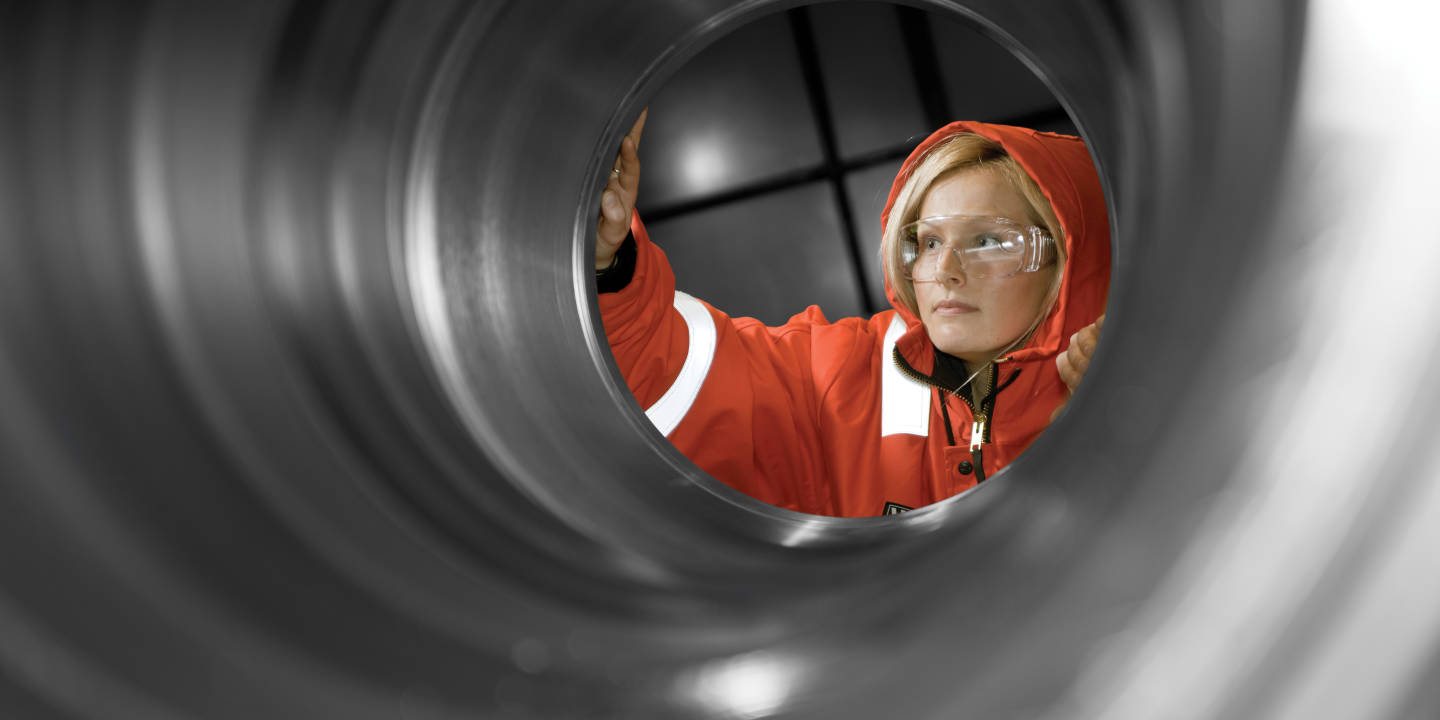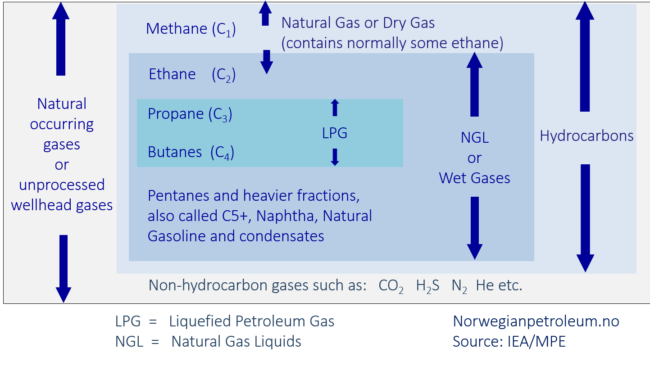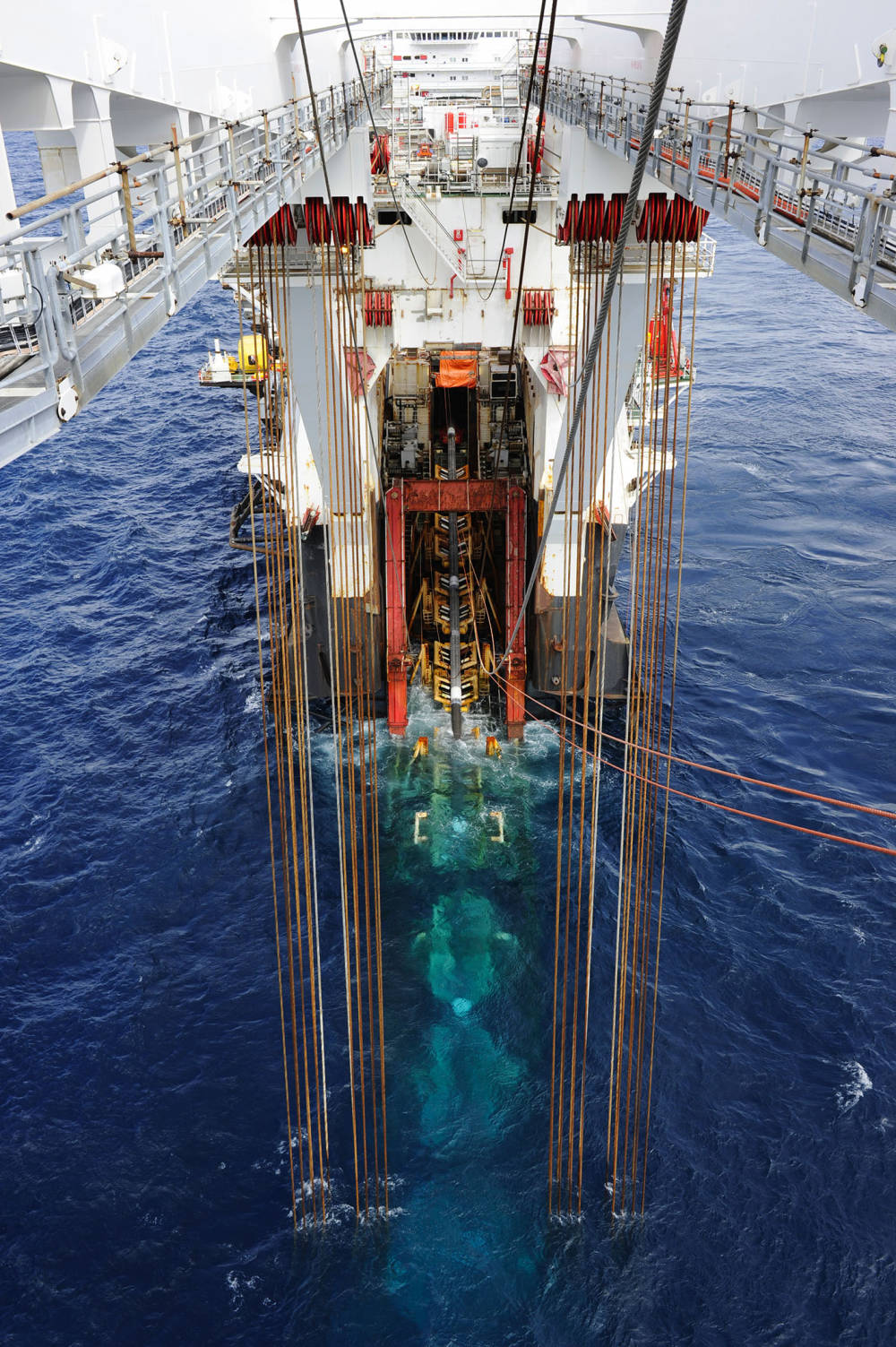Oil and gas produced from a field need to be transported to customers. On many oil fields, oil is loaded directly on to tankers (buoy-loading). In other cases, oil and gas are transported by pipeline to onshore facilities. Oil, wet gas and liquefied natural gas (LNG) are transferred to ships at onshore facilities, while dry gas is moved by pipeline to the UK and continental Europe.
In contrast to the oil and gas fields on the Norwegian shelf, where the companies themselves are responsible for the operations, the gas pipeline system is more directly controlled by the authorities. The reason for this is that the gas transport system is a natural monopoly and is central to Norwegian petroleum activities. An important consideration for the authorities is to ensure equal access to capacity in the system on the basis of companies' needs. Furthermore, the tariffs payable for access to the infrastructure must be reasonable. Another important consideration is to ensure that the Norwegian gas transport system operates efficiently, and that the system is developed to meet future needs.
The oil transport system is not as closely regulated as the gas transport infrastructure, mainly because transport is a less important part of the value chain for oil.
Pipelines on the Norwegian continental shelf
Updated: 22.09.2022
Source: Norwegian Offshore Directorate
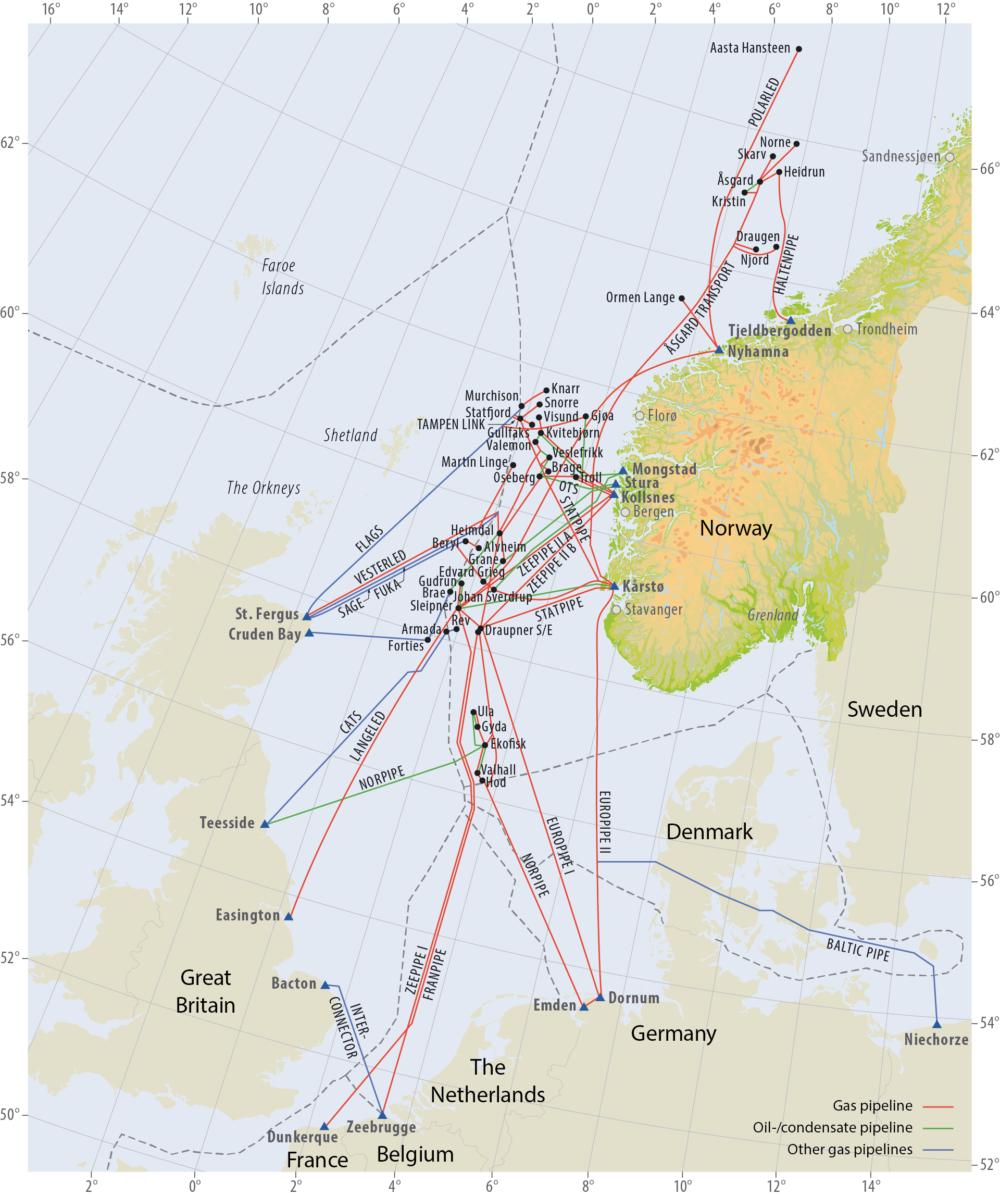
The production (well stream) from different reservoirs contains oil, gas and water in various combinations. To get marketable products, the production from the reservoirs must be separated and treated. The production from different reservoirs varies from oil with low gas content to almost dry gas (methane with only small amounts of other gases).
Crude oil is a fluid that is a combination of different types of hydrocarbons. The composition varies from field to field, and the quality of the oil, including how light or heavy (viscous) the oil is, depends on the composition of the hydrocarbons as well as the contents of other substances, such as wax and sulphur.
Rich gas, or crude natural gas, is a mixture of various gases. When necessary, the gas is separated from the oil before the rich gas is treated in a processing facility that separates the dry and wet gas components. Dry gas is often referred to as natural gas, and consists mainly of methane, but also a little ethane.
Wet gas, or NGL (Natural Gas Liquids), consists of a mixture of heavier gases (ethane, propane, butanes and naphtha). In addition there are heavier condensates which some classify as a separate product. Naphtha and condensate are liquid at room temperature, while the lighter wet gas components can be made liquid either by cooling or adding pressure.
Not all gas that is produced is sold. Some of the gas is used to generate power on the fields, and small amounts are flared for safety purposes. On some fields, gas is reinjected into the reservoirs. Reinjection is often used to maintain reservoir pressure and displace the oil. This results in efficient recovery of the oil, and the gas is stored for possible recovery in the future.
A characteristic feature of gas production is that major investments are needed in transport infrastructure. Norway’s first large pipelines were laid early in the 1970s, and since then the Norwegian gas transport system has been developed to meet ever-expanding needs (see Gassco’s interactive map of the transport system). From dedicated gas transport solutions for individual fields, it has been transformed into an integrated system serving most of the Norwegian continental shelf. This is a cost-effective and reliable way of transporting gas, and gives Norwegian gas a substantial competitive edge.
The transport capacity of the Norwegian pipeline network is currently about 120 billion Sm3 dry gas per year. Three onshore gas processing plants – Kårstø, Kollsnes and Nyhamna – are integrated with the pipeline network, and receive rich gas from the fields. Dry gas is separated from the rich gas for onward pipeline transport to receiving terminals abroad. There are four receiving terminals for Norwegian gas in continental Europe (two in Germany, one in Belgium and one in France) and a further two in the UK.
The total length of the Norwegian gas pipeline network is about 8 800 kilometres, which is roughly the distance from Oslo to Bangkok. Most of the gas transport infrastructure is jointly owned through the partnership Gassled, while Gassco is the neutral and independent operator.
Gas pipelines on the Norwegian continental shelf
Updated: 22.09.2022
Source: Norwegian Offshore Directorate
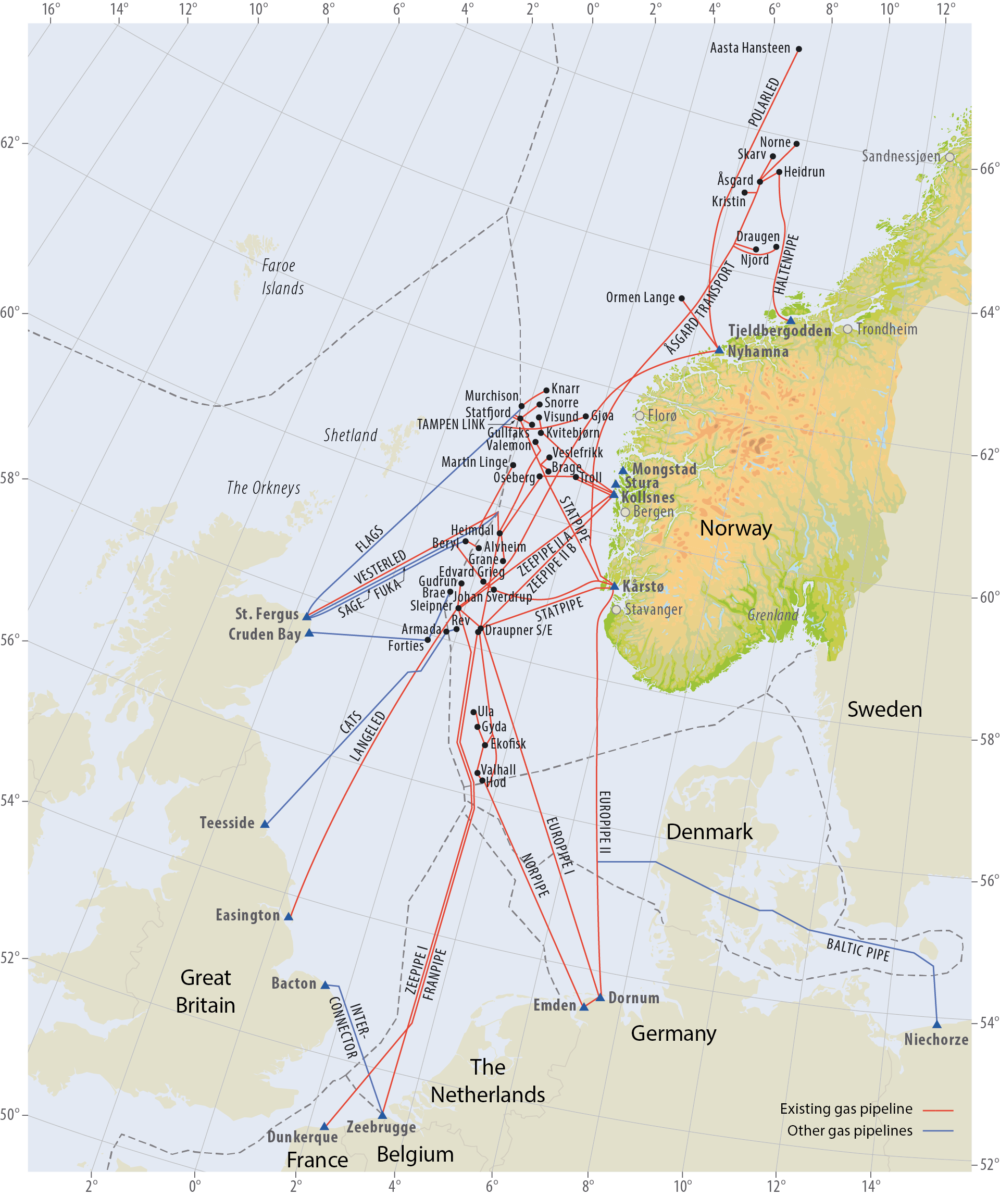
Gas pipelines on the Norwegian continental shelf
Updated: 19.03.2020
Source: Gassco AS, The Norwegian Ministry of Energy
Print table Download data Gas pipelines on the Norwegian continental shelf
Organisation of the gas pipeline transport system
The authorities play an important role in ensuring that processing and transport capacity is developed to meet future needs. It is also essential to ensure that the Norwegian gas transport system operates efficiently. The operator Gassco, the joint venture Gassled and regulated access to the transport system are important elements of the framework.
The gas transport system is governed by Chapter 9 of the Petroleum Act and Chapter 9 of the Petroleum Regulations.
The Norwegian gas transport infrastructure includes several receiving terminals in other countries. Norway and the countries where gas from the Norwegian shelf is landed have concluded agreements regulating their rights and obligations in this connection.
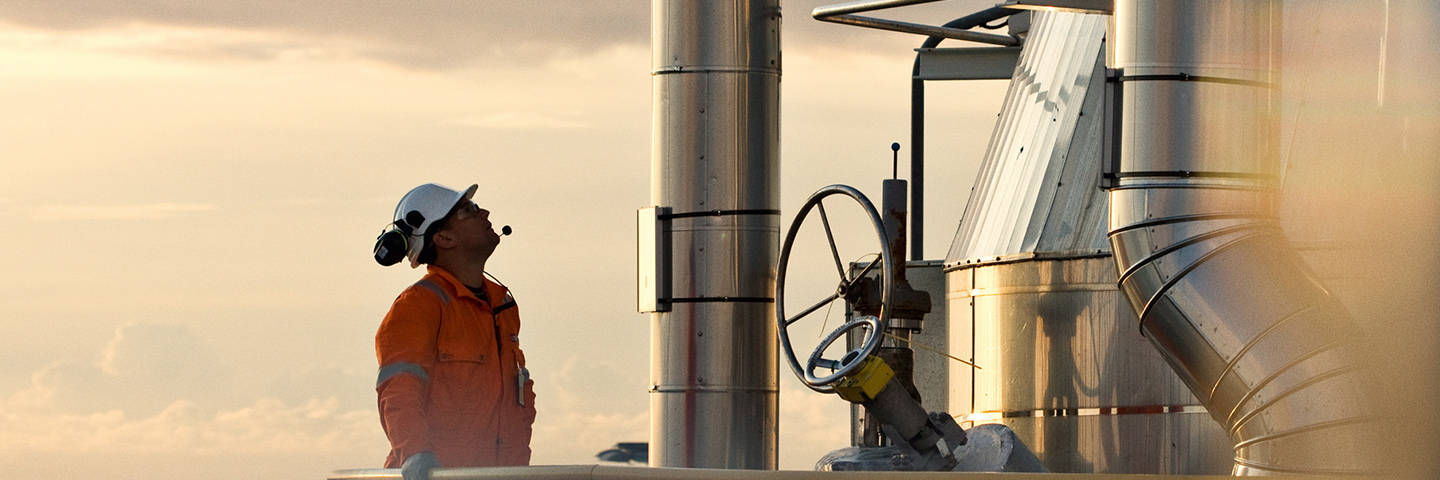
Gassco
Gassco was established in 2001, and is 100 % state-owned. Gassco is the neutral, independent operator of the gas transport system, and plays two different roles, often called ‘special operatorship’ and ‘normal operatorship’. Special operatorship means the responsibilities Gassco is directly assigned under the Petroleum Act and associated regulations. These include its role in developing new infrastructure, administering system capacity and coordinating and managing gas streams through the pipeline network to markets. Normal operatorship means running the infrastructure in accordance with the requirements of the Petroleum Act and the health, safety and environment legislation.
Gassco’s neutrality and independence as operator are intended to ensure that all users of the gas transport system are treated equally, and are also important when Gassco plans new infrastructure and gives advice to the authorities. As the system operator and the actor with the best overview of the system, Gassco has the task of further developing integrated Norwegian gas infrastructure. This means for example that when major development projects are being evaluated, other gas fields than those that have a clearly defined need for gas transport must also be taken into consideration. Interactions between new and existing infrastructure must also be part of the assessment.
Video: Gassco in two minutes
Gassled
Gassled is a joint venture that owns most of the gas infrastructure on and serving the Norwegian continental shelf: pipelines, platforms, onshore processing plants and receiving terminals abroad. Organisation as a joint venture means that it is possible to avoid conflicts of interest, for example when deciding which pipeline should be used to transport gas from a particular source. This ensures that gas is transported as efficiently as possible, thus helping to maximise value creation.
Gassled’s activities are regulated by the Petroleum Regulations, and tariffs for individual services are determined by the Ministry of Energy. Gassled has no employees, but a system of committees with specific tasks. The ownership in Gassled can be seen on Gassco's website.
Transport infrastructure makes up a smaller part of the value chain for oil than for gas. In many cases, oil is loaded directly on to tankers on the offshore fields. For some of the larger field developments in Norway, it was considered most appropriate to build onshore oil terminals. Other fields have subsequently been connected to this infrastructure.
Oil transport infrastructure on the Norwegian shelf is divided into four different systems. Oil pipelines from fields in the North Sea run to the Norwegian terminals Sture, Mongstad and Kårstø and to Teesside in the UK. At the Norwegian terminals, oil is stored in rock caverns before most of it is loaded on to tankers for export.
Oil pipelines on the Norwegian continental shelf
Updated: 19.03.2020
Source: Norwegian Offshore Directorate
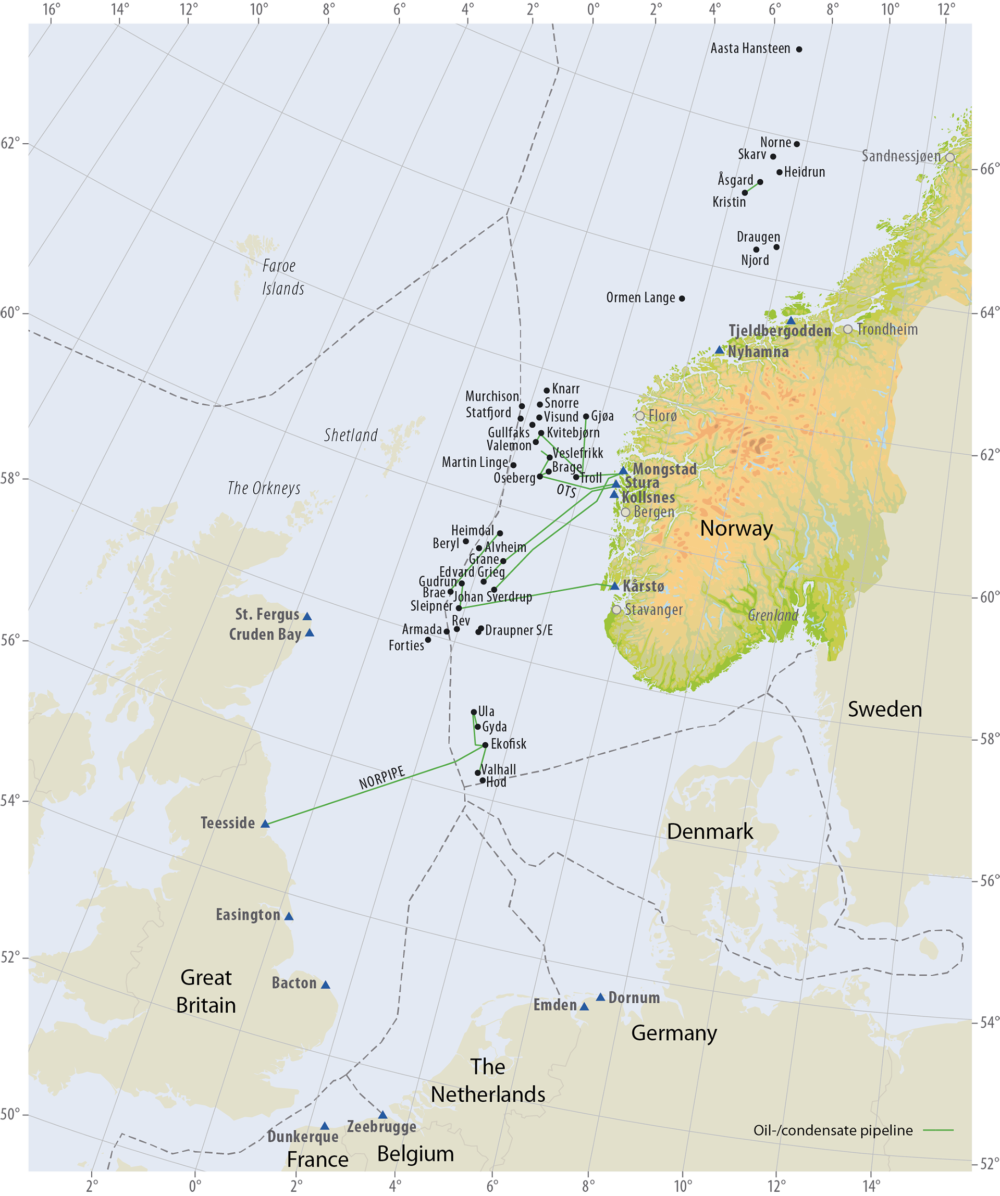
Oil and condensate pipelines on the Norwegian continental shelf
Updated: 19.03.2020
Source: Gassco AS, The Norwegian Ministry of Energy
Print table Download data Oil and condensate pipelines on the Norwegian continental shelf
Organisation of the oil pipeline transport system
The oil transport system is not as closely regulated as the gas transport infrastructure, mainly because transport is a less important part of the value chain for oil. The cost of transport is lower in relation to the product price, and buoy-loading directly on to tankers on the oil fields is an alternative to using pipelines and terminals. There is no single integrated system of oil pipelines and terminals: the infrastructure is divided into four different systems connected to the terminals at Sture, Mongstad and Kårstø in Norway and Teesside in the UK.
The owners and users negotiate agreements on access to oil transport infrastructure between themselves. Like negotiations on the use of infrastructure on the fields, these negotiations are governed by the Regulations relating to the use of facilities by others.
The gas transport system is a natural monopoly, requiring substantial infrastructure investments in the development phase. Access to the system and tariffs for its use are therefore regulated by the authorities through chapter 9 in the "Regulations to Act relating to petroleum activities" and the "Regulations relating to the stipulation of tariffs etc. for certain facilities".
To promote sound resource management, the tariffs are set such that returns from oil and gas production are mainly derived from the producing fields, while at the same time providing a reasonable return on investment for the infrastructure owners. This avoids a situation where development projects for fields and discoveries that are profitable for society are not commercially viable because the cost of using the transport system is too high. The petroleum companies are given access to capacity in the system on the basis of their needs. To provide flexibility, the users are allowed to exchange transport rights if their needs change.
